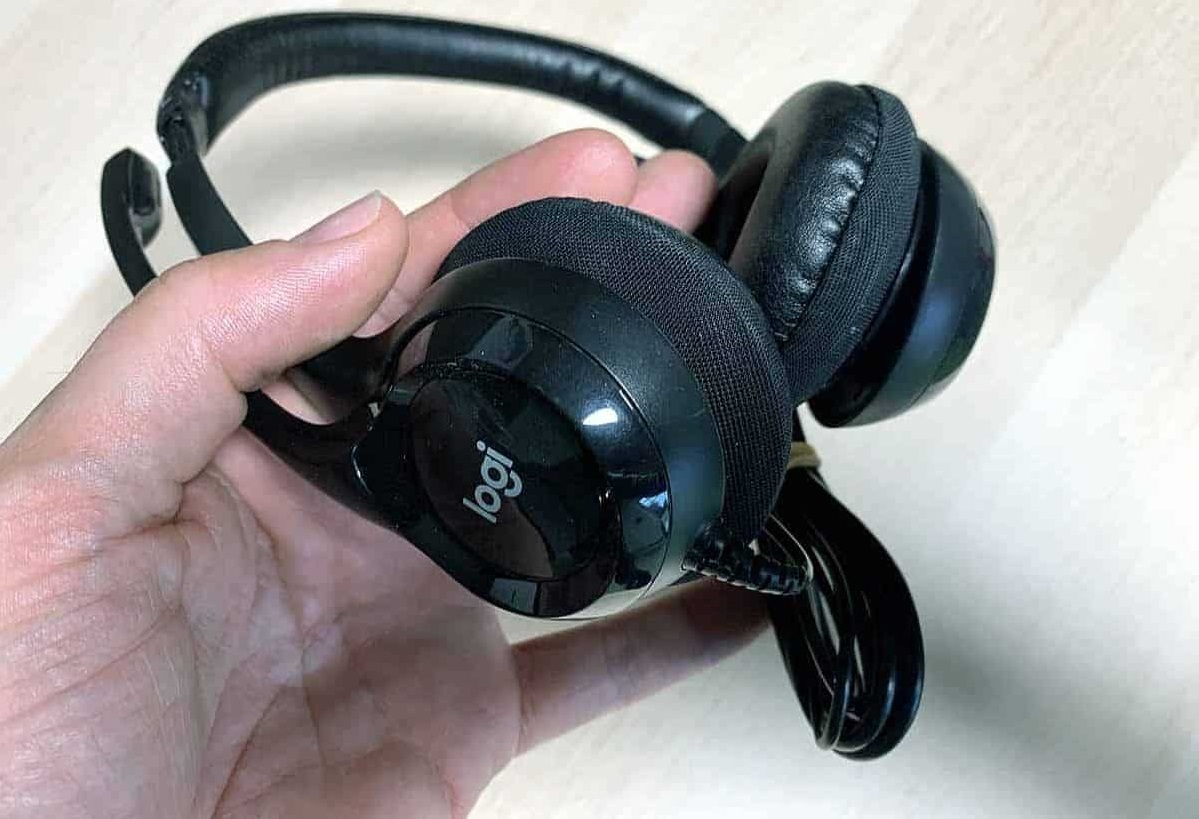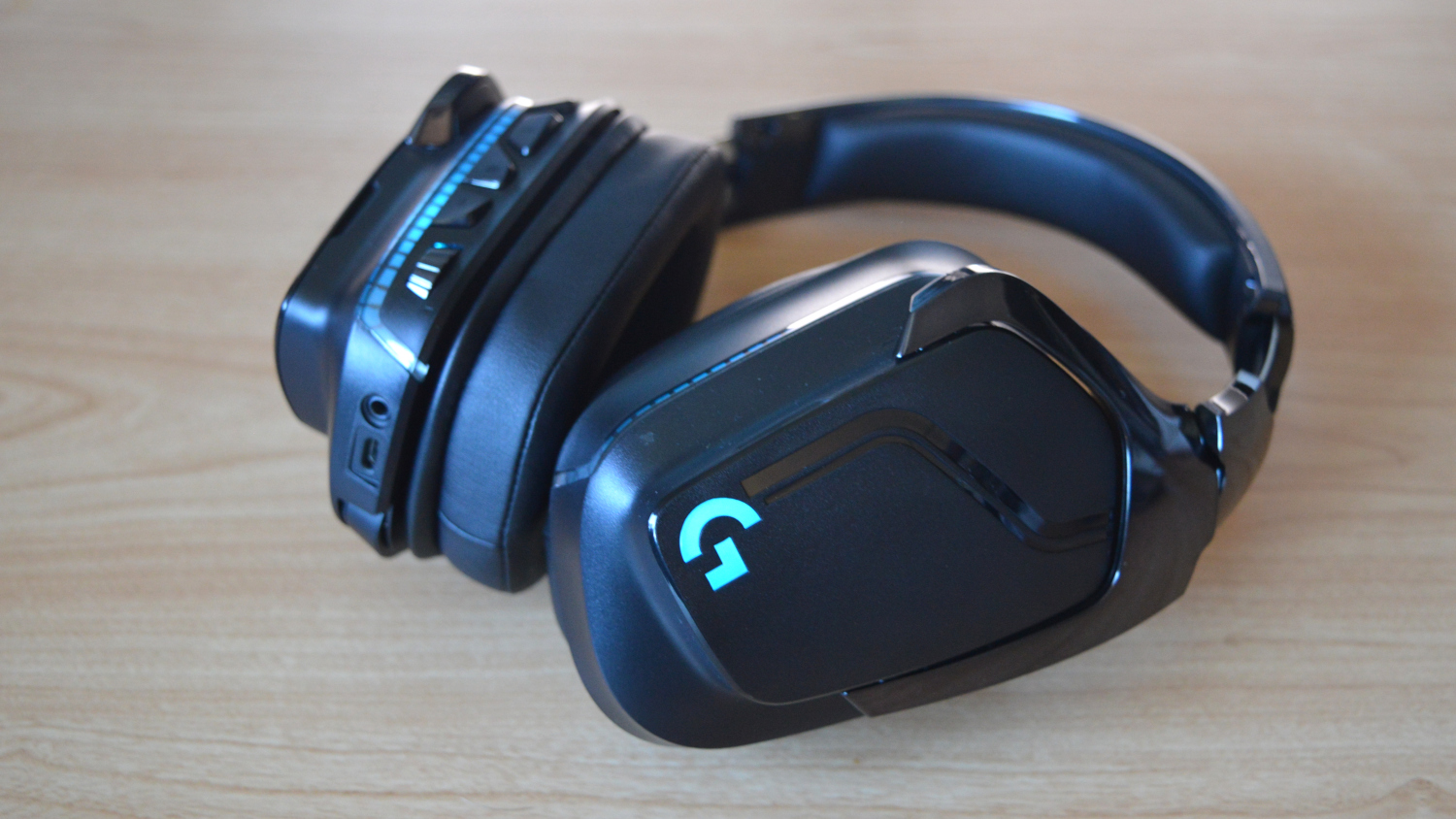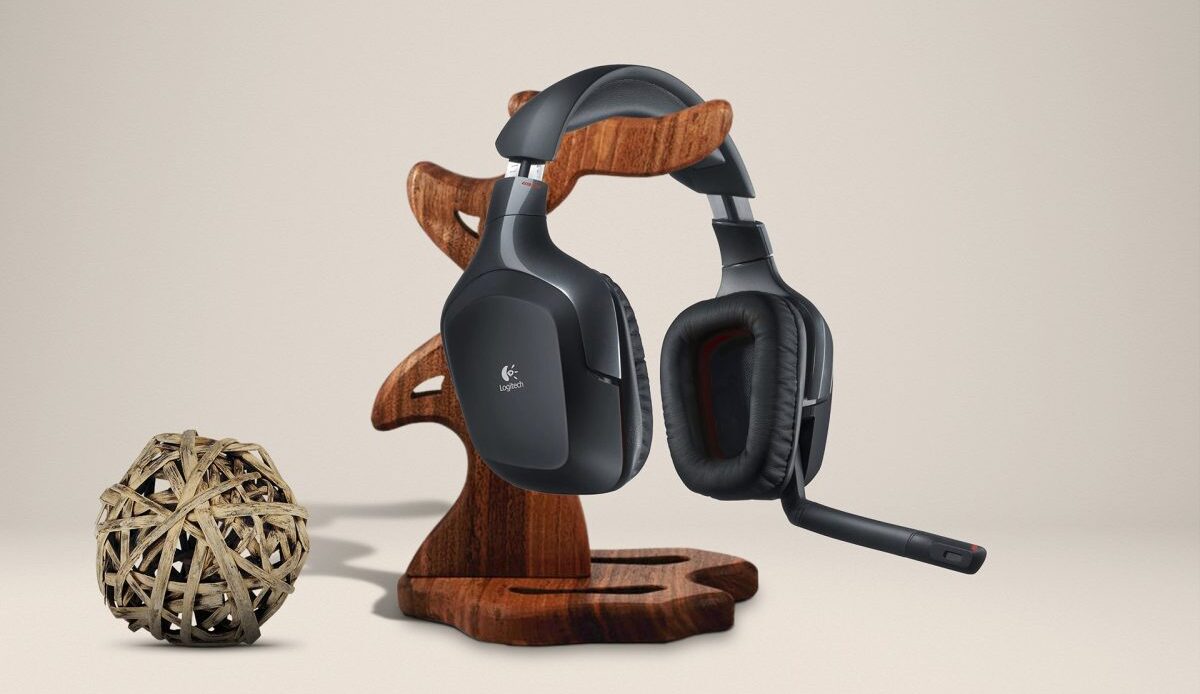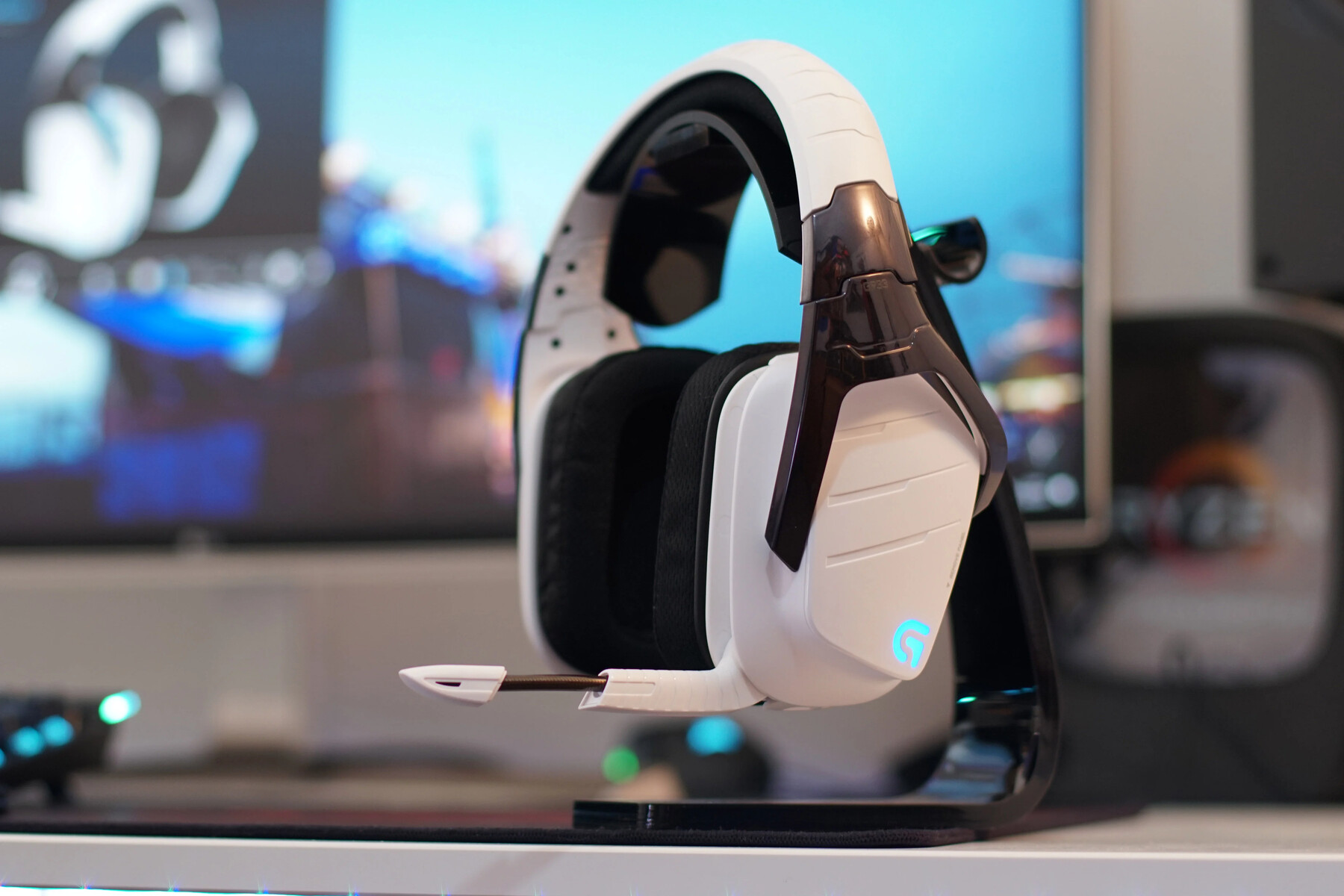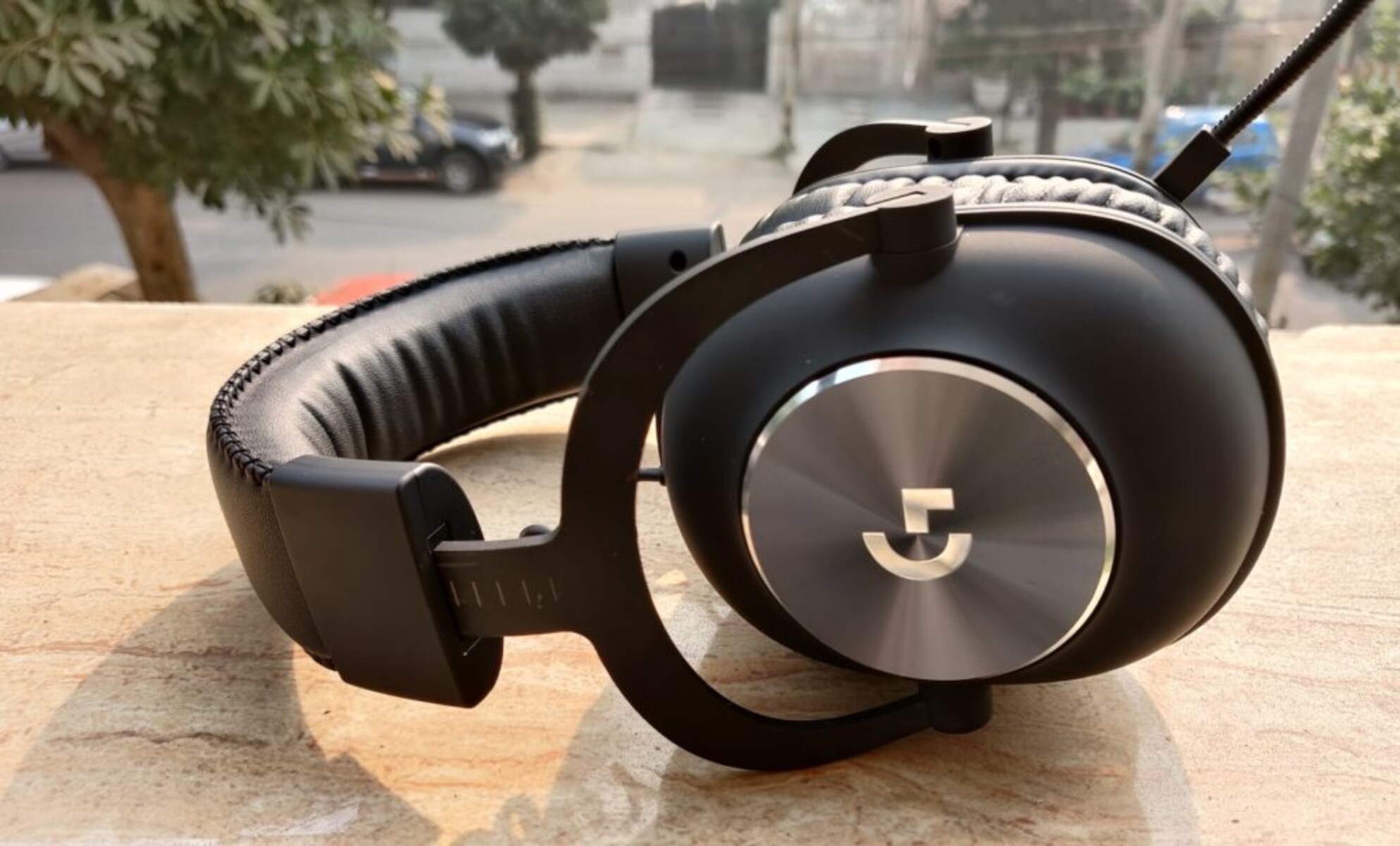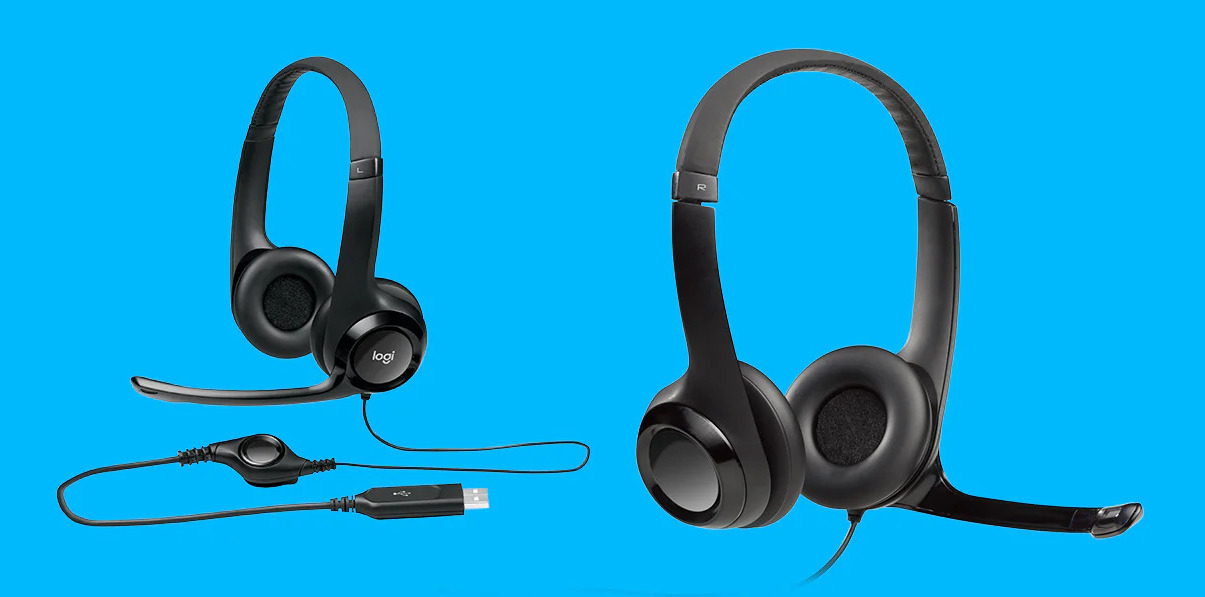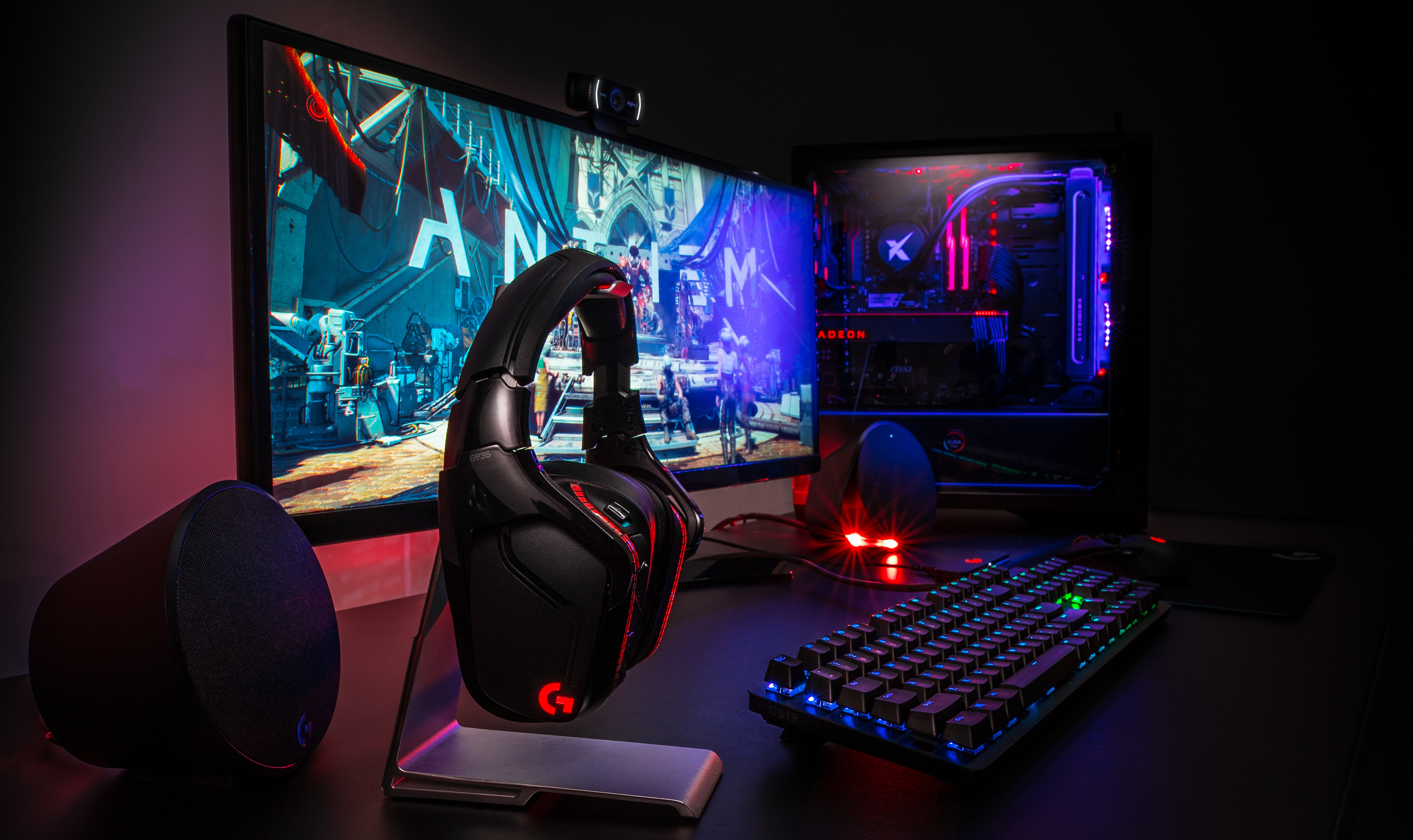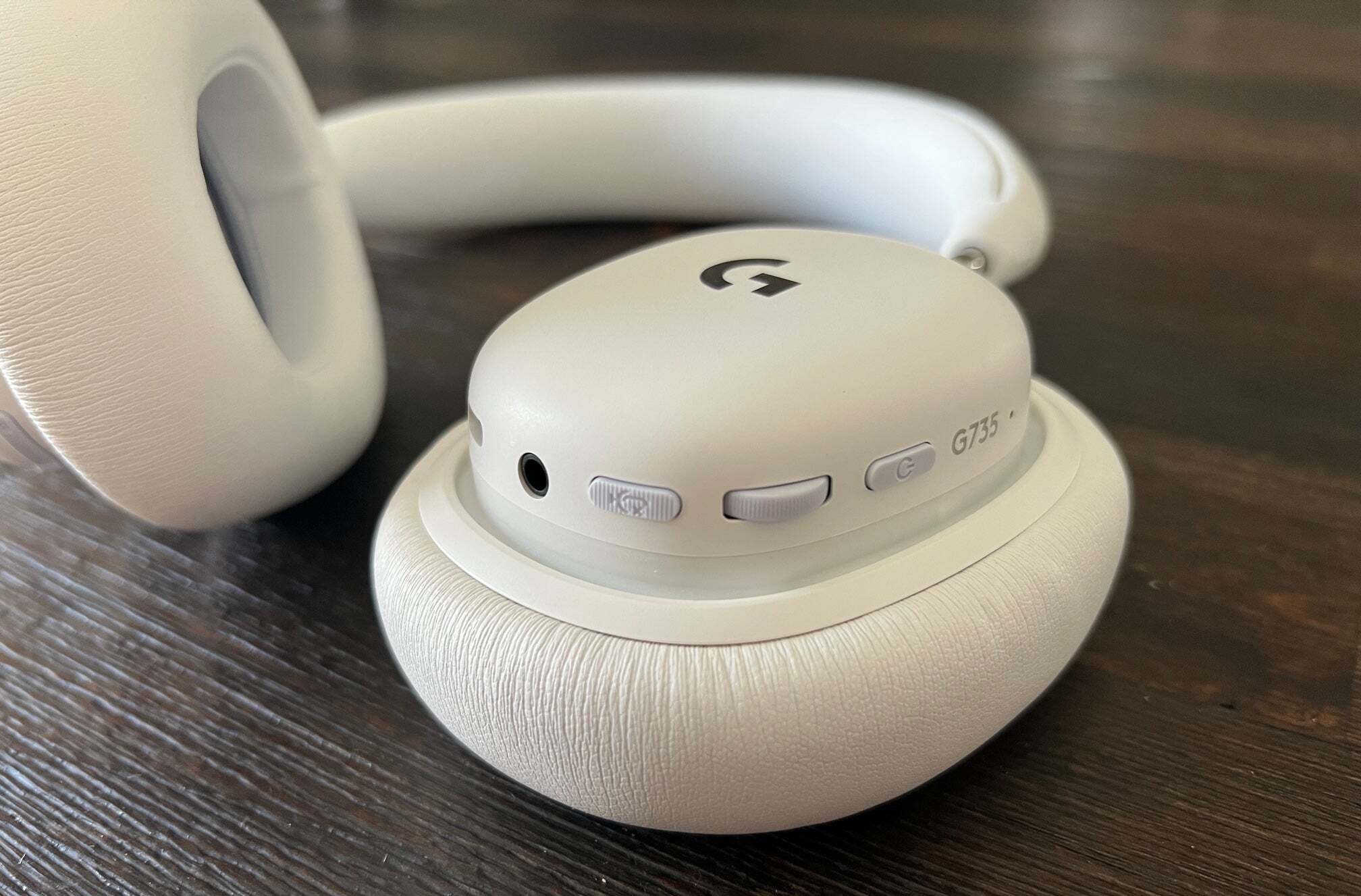Introduction
When it comes to enjoying immersive audio experiences and clear communication during virtual meetings or gaming sessions, a reliable headset is a must-have accessory. Logitech, a renowned name in the realm of computer peripherals, offers a range of high-quality headsets designed to deliver exceptional sound and comfort. However, encountering issues with your Logitech headset can be frustrating, disrupting the seamless flow of your activities.
In this guide, we will explore quick and effective troubleshooting solutions to address common problems that users may encounter with their Logitech headsets. Whether you're facing issues with audio output, microphone functionality, or connectivity, this comprehensive troubleshooting guide aims to provide practical tips to help you swiftly resolve these issues and get back to enjoying the full potential of your Logitech headset.
So, if you've found yourself experiencing audio glitches, microphone malfunctions, or connectivity hiccups with your Logitech headset, fret not! We've got you covered with a series of troubleshooting steps that will empower you to tackle these challenges with confidence. From checking the connection to testing the headset on another device and reaching out to Logitech's support team, we'll walk you through each step to ensure that you can swiftly identify and resolve any issues that may be hindering your headset's performance.
Now, let's dive into the troubleshooting process and equip you with the knowledge and solutions needed to address any potential setbacks with your Logitech headset. Whether you're a professional who relies on crystal-clear audio for virtual meetings or a gaming enthusiast seeking an uninterrupted auditory adventure, this guide will serve as your go-to resource for troubleshooting your Logitech headset effectively.
Check the Connection
Ensuring a stable and secure connection is paramount when troubleshooting issues with your Logitech headset. A faulty connection can lead to various problems, such as audio dropouts, microphone malfunctions, or the headset not being recognized by the device. To address these concerns, follow these steps to thoroughly check the connection and rectify any potential issues:
-
Physical Connections: Begin by examining the physical connections of your Logitech headset. Ensure that the audio and microphone cables are securely plugged into the correct ports on your computer or device. Additionally, if you are using a wireless Logitech headset, make sure that the wireless receiver is properly connected to a functional USB port.
-
USB Ports: If your Logitech headset utilizes a USB connection, try plugging it into different USB ports on your computer. Sometimes, a specific USB port may be faulty, causing connectivity issues. By testing different ports, you can determine if the problem is related to a specific port or the headset itself.
-
Bluetooth Connectivity: For wireless Logitech headsets that rely on Bluetooth connectivity, verify that the Bluetooth feature on your computer or device is enabled and functioning correctly. Ensure that the headset is in pairing mode and attempt to establish a new connection.
-
Battery or Power: In the case of wireless Logitech headsets, check the battery level to ensure that the headset has an adequate charge. If the headset is powered by rechargeable batteries, consider replacing them if they are old or depleted. For wired headsets, confirm that the power source, such as an amplifier or USB port, is providing sufficient power.
-
Software Settings: Access the audio settings on your computer or device and verify that the Logitech headset is selected as the default audio output and input device. Sometimes, incorrect settings can lead to connectivity issues and impact the headset's functionality.
By meticulously examining and addressing the connection aspects of your Logitech headset, you can effectively eliminate potential connectivity-related issues. Once you have verified the integrity of the connections, proceed to the next troubleshooting steps to further diagnose and resolve any lingering problems with your Logitech headset.
Adjust Volume and Settings
Adjusting the volume and settings of your Logitech headset can play a pivotal role in troubleshooting common audio-related issues and ensuring optimal performance. Whether you're encountering low volume levels, distorted audio, or microphone sensitivity issues, fine-tuning the headset's volume and settings can often yield significant improvements. Here's a detailed exploration of the steps involved in adjusting the volume and settings of your Logitech headset:
Volume Adjustment
Begin by assessing the volume levels of your Logitech headset. If you notice that the audio output is too low or barely audible, consider the following steps to adjust the volume effectively:
-
On-Device Controls: Many Logitech headsets feature convenient on-device controls for adjusting the volume. Locate the volume adjustment buttons or dials on the headset and incrementally increase the volume to a comfortable level. Ensure that the volume is not muted or set to the lowest level, as this can result in minimal or no audio output.
-
Computer or Device Settings: Access the audio settings on your computer or device and verify the volume levels assigned to the Logitech headset. Adjust the volume sliders or settings to increase the output level. Additionally, ensure that system-wide audio settings, such as volume limits or equalizer presets, are not inadvertently impacting the headset's volume.
-
Amplifier or Audio Interface: If your Logitech headset is connected to an external amplifier or audio interface, examine the volume controls on these devices. Adjust the amplifier's volume levels to ensure that the audio signal being delivered to the headset is optimal.
Settings Configuration
In addition to volume adjustments, configuring the settings of your Logitech headset can address various audio and microphone-related issues. Consider the following aspects when fine-tuning the settings of your headset:
-
Equalizer Settings: Some Logitech headsets offer customizable equalizer settings to tailor the audio output to your preferences. Explore the headset's software or companion app to access the equalizer settings and adjust them according to your audio preferences.
-
Microphone Sensitivity: If you are experiencing issues with microphone sensitivity, access the microphone settings on your computer or device. Calibrate the microphone sensitivity levels to ensure that your voice is captured clearly without distortion or background noise interference.
-
Spatial Audio and Surround Sound: For gaming headsets equipped with spatial audio or surround sound features, review the spatial audio settings to optimize the immersive audio experience. Adjust the spatial audio parameters to align with your gaming or multimedia preferences.
By meticulously adjusting the volume levels and settings of your Logitech headset, you can effectively address audio discrepancies and enhance the overall audio experience. Once you have fine-tuned the volume and settings, proceed to test the headset's performance to evaluate the impact of these adjustments. If any issues persist, consider exploring the next troubleshooting steps to further diagnose and resolve potential concerns with your Logitech headset.
Update Drivers
Keeping the drivers for your Logitech headset up to date is crucial for ensuring optimal performance and compatibility with your computer or device's operating system. Outdated or corrupted drivers can lead to a myriad of issues, including audio distortion, microphone malfunctions, and connectivity problems. By updating the drivers, you can leverage the latest enhancements and bug fixes provided by Logitech, potentially resolving existing issues and improving the overall functionality of your headset.
To initiate the driver update process, follow these comprehensive steps:
-
Identify the Headset Model: Begin by identifying the specific model of your Logitech headset. This information can typically be found on the headset itself or within the product documentation. Knowing the exact model is essential for obtaining the correct drivers from Logitech's official support website.
-
Access Logitech's Support Website: Navigate to Logitech's official support website using a web browser on your computer or device. Once on the website, locate the "Support" or "Downloads" section, where you can search for drivers and software related to your headset.
-
Search for the Latest Drivers: Utilize the search functionality on Logitech's support website to look for the latest drivers tailored to your Logitech headset model. Input the model name or number into the search bar to narrow down the results and locate the appropriate driver downloads.
-
Download and Install the Drivers: Upon finding the latest drivers for your Logitech headset, proceed to download the installation package. Once the download is complete, run the installer and follow the on-screen prompts to install the updated drivers onto your computer or device.
-
Restart the System: After the drivers have been successfully installed, it is advisable to restart your computer or device. This step ensures that the new drivers are fully integrated into the system and can take effect without any residual issues from the previous driver versions.
-
Verify Driver Installation: To confirm that the driver update was successful, access the device manager or system information on your computer and verify that the Logitech headset is recognized with the updated drivers.
By diligently updating the drivers for your Logitech headset, you can proactively address potential compatibility and performance issues, ultimately enhancing the audio and microphone functionality of the headset. Additionally, staying vigilant about driver updates can contribute to a seamless and optimized user experience, allowing you to fully leverage the capabilities of your Logitech headset across various activities, be it gaming, virtual meetings, or multimedia consumption.
Test on Another Device
Testing your Logitech headset on another device serves as a crucial step in troubleshooting potential issues and determining the source of any persistent problems. By connecting the headset to an alternative device, such as a different computer, laptop, or smartphone, you can effectively isolate whether the issues are specific to a particular device or if they are inherent to the headset itself. This comprehensive testing process can unveil valuable insights into the root cause of the issues and guide you towards targeted solutions.
To conduct the testing on another device, follow these detailed steps:
-
Selecting the Alternative Device: Choose a different device that is compatible with your Logitech headset. This could be a secondary computer, a friend's laptop, or a smartphone with audio input capabilities. Ensure that the alternative device supports the connection type of your headset, whether it is USB, 3.5mm audio jack, or Bluetooth.
-
Connecting the Headset: Using the appropriate cables or wireless pairing methods, connect your Logitech headset to the selected alternative device. If the headset is wireless, ensure that the Bluetooth pairing process is initiated according to the device's specifications. For wired headsets, securely plug the audio and microphone connectors into the corresponding ports on the alternative device.
-
Testing Audio Output: Play audio content, such as music, videos, or system sounds, on the alternative device while wearing the Logitech headset. Pay close attention to the audio quality, volume levels, and any potential distortions or abnormalities in the sound output. Evaluate whether the audio performance on the alternative device differs from your initial experience, indicating a device-specific issue.
-
Microphone Functionality: Utilize the headset's microphone to record your voice or engage in a voice call on the alternative device. Assess the clarity, sensitivity, and overall performance of the microphone, ensuring that it captures your voice accurately without any disturbances or malfunctions. Compare the microphone's behavior on the alternative device with your previous observations to identify any discrepancies.
-
Bluetooth Connectivity (If Applicable): If your Logitech headset relies on Bluetooth connectivity, ensure that the pairing process with the alternative device is seamless and stable. Test the reliability of the Bluetooth connection by moving around the vicinity of the alternative device, checking for signal dropouts or interference that may impact the headset's performance.
By meticulously testing your Logitech headset on an alternative device, you can gain valuable insights into the nature of any issues you may have encountered. If the headset performs optimally on the alternative device, it suggests that the initial issues may be related to the original device's configuration or compatibility. Conversely, if the problems persist on the alternative device, it indicates that the headset itself may require further attention or troubleshooting.
This methodical testing approach empowers you to make informed decisions regarding the next steps in resolving the issues with your Logitech headset. Whether it involves adjusting settings on the original device, seeking additional support from Logitech, or exploring alternative solutions, the insights gained from testing the headset on another device can significantly contribute to the troubleshooting process.
Contact Logitech Support
In the event that the troubleshooting steps outlined in this guide do not fully resolve the issues with your Logitech headset, reaching out to Logitech's dedicated support team can provide invaluable assistance and personalized solutions. Logitech's support resources are designed to offer comprehensive guidance and technical expertise, ensuring that users can effectively address any persisting concerns with their headsets.
When initiating contact with Logitech support, consider the following avenues for seeking assistance:
-
Online Support Portal: Logitech's official website features an extensive support portal, where users can access knowledge base articles, FAQs, and troubleshooting guides specific to Logitech headsets. By navigating through the support resources, you can explore detailed solutions tailored to various headset models, empowering you to address specific issues methodically.
-
Community Forums: Logitech's community forums serve as a vibrant platform where users can engage with fellow headset owners and Logitech support representatives. Participating in the forums allows you to seek advice from experienced users, share your troubleshooting experiences, and potentially receive insights or solutions from Logitech's support personnel.
-
Live Chat Support: Logitech offers live chat support for real-time assistance with technical issues. By engaging in a live chat session with a Logitech support representative, you can receive personalized guidance, troubleshooting tips, and immediate responses to your headset-related inquiries.
-
Email Support: Submitting a detailed support request via email enables you to articulate the specific issues you are encountering with your Logitech headset. Logitech's support team can then review your case and provide tailored recommendations or further troubleshooting steps to address the identified concerns.
-
Phone Support: For direct and personalized assistance, Logitech's phone support provides users with the opportunity to engage in one-on-one conversations with knowledgeable support agents. By discussing the issues with your headset over the phone, you can receive real-time guidance and potentially expedite the resolution process.
When reaching out to Logitech support, it is advisable to provide comprehensive details about the issues you are facing, including the model of your Logitech headset, the troubleshooting steps you have already attempted, and any specific error messages or symptoms you have observed. By furnishing the support team with this information, you can facilitate a more targeted and effective support experience, potentially accelerating the resolution of your headset-related concerns.
By leveraging Logitech's robust support infrastructure and engaging with their dedicated support channels, users can access the expertise and resources needed to overcome persistent issues with their Logitech headsets. Whether it involves software-related troubleshooting, hardware diagnostics, or warranty-related inquiries, Logitech's support ecosystem is poised to assist users in achieving optimal performance and satisfaction with their headsets.







